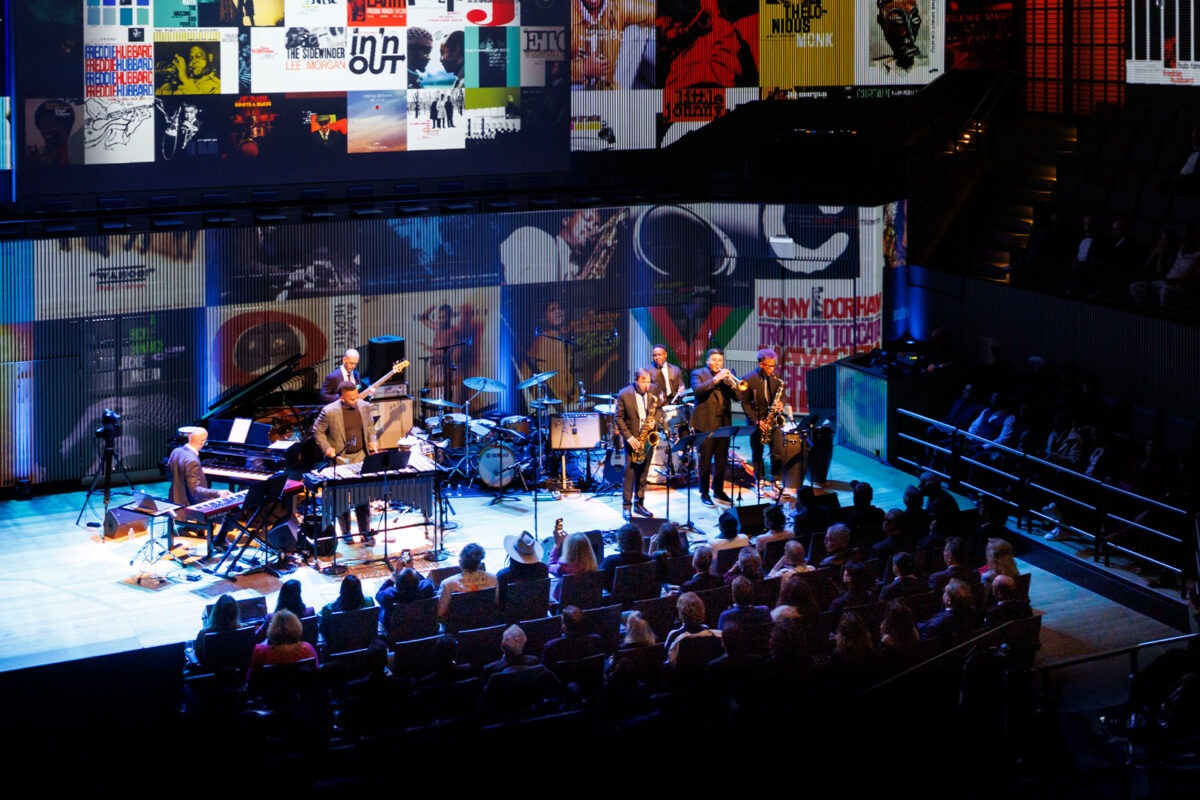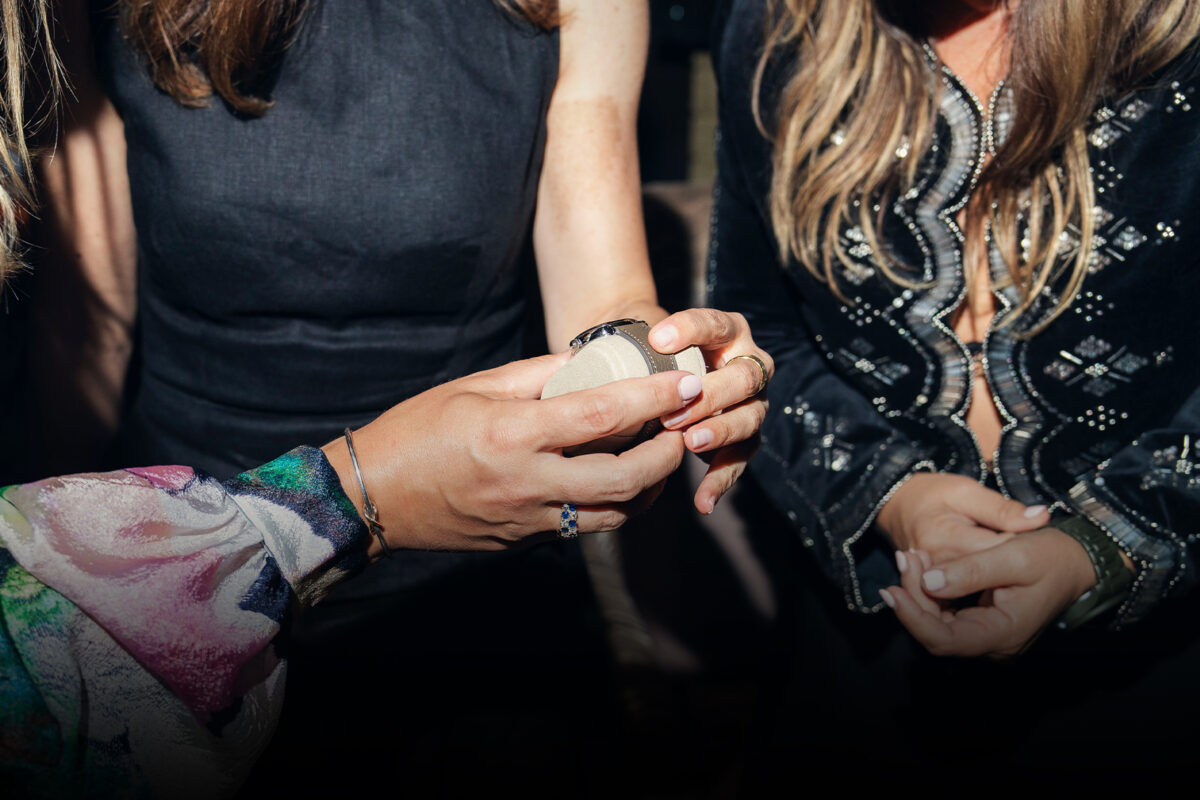The botanical artist’s sculptural new studio show is inspired by the Japanese concept of ikigai
Words by ELIZABETH VARNELL
Photography by FANNY CHU
Spencer Falls.
Multimedia works by the Venice-based creative who launched The Unlikely Florist are on display in a new show, Spencer Falls: Ikigai at Charles Arnoldi Studio (extended through Nov. 30). Falls, the son of a fine artist and orchardist who was raised in New Zealand and made his way to the U.S. aspiring to an acting career, launched TUF as a character and a business in 2016. “His stage was a VW van and the streets, his co-characters were the very customers he was selling flowers to and the flowers themselves were a very necessary prop,” says Falls. His fine art show — inspired by ikigai, or passion, meaningful purpose — comprises sculptures also made with natural materials including wood, stone, copper, and brass. Through the exhibition, Falls continues to evolve his botanically driven vision in original ways. “Flowers have and continue to teach me the most valuable lessons I learn in this life,” he says. Falls, who also credits the Japanese approach to flower arrangements, ikebana, with developing his artistic perspective, shares the ideas and inspiration behind his installations. Charles Arnoldi Studio, 721 Hampton Dr., Venice, 310-396-2700, showings by appointment, hello@theunlikelyflorist.com.
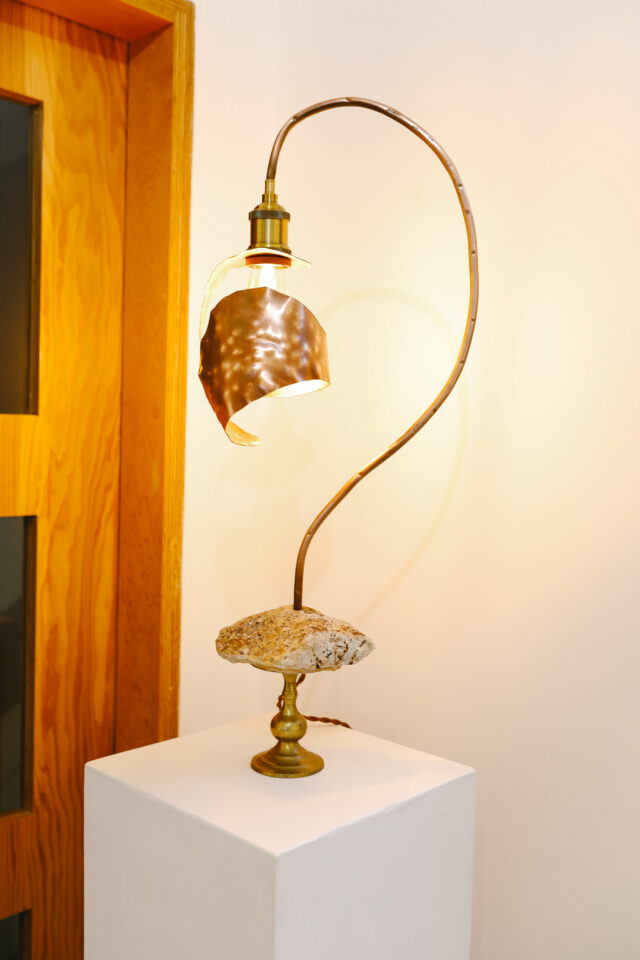
What is it about your ikigai that inspired you to create these new pieces and installations?
As I’ve been experiencing this life of creativity, I’ve been more and more drawn to the natural word. Initially quite literally with my work with flowers, but that has only been a gateway to the spiritual and philosophical path of nature. The Japanese culture has a few concepts and terms that really resonate with me, and of course ikigai is one of those. This body of work is an effort to collaborate with and manipulate the very elements that make up the natural word. It has been exciting, humbling, and highly rewarding from a creative and spiritual point of view.
What materials did you use and how did you source them?
These sculptures are strictly made of natural materials: wood, stone, copper, brass, flowers, silk, water, fire, ether. Sometimes I find and buy the materials; sometimes they find me and the only cost is the effort to forage and transport them back to my studio.
How did you train and what did you research in preparation for this exhibition?
I realized very quickly on this journey as The Unlikely Florist that floristry was an art form like any other. It’s society and the ways in which we consume flowers that make it feel more like a service. Back in 2017 I had the idea of an exhibition of floristry. But other opportunities took precedence. Since then, the concept has been developing; I’ve naturally acquired the skills, tools, and experiences; and ultimately the purpose of the show has been developed through what I can only describe as wu-wei, or effortless action.

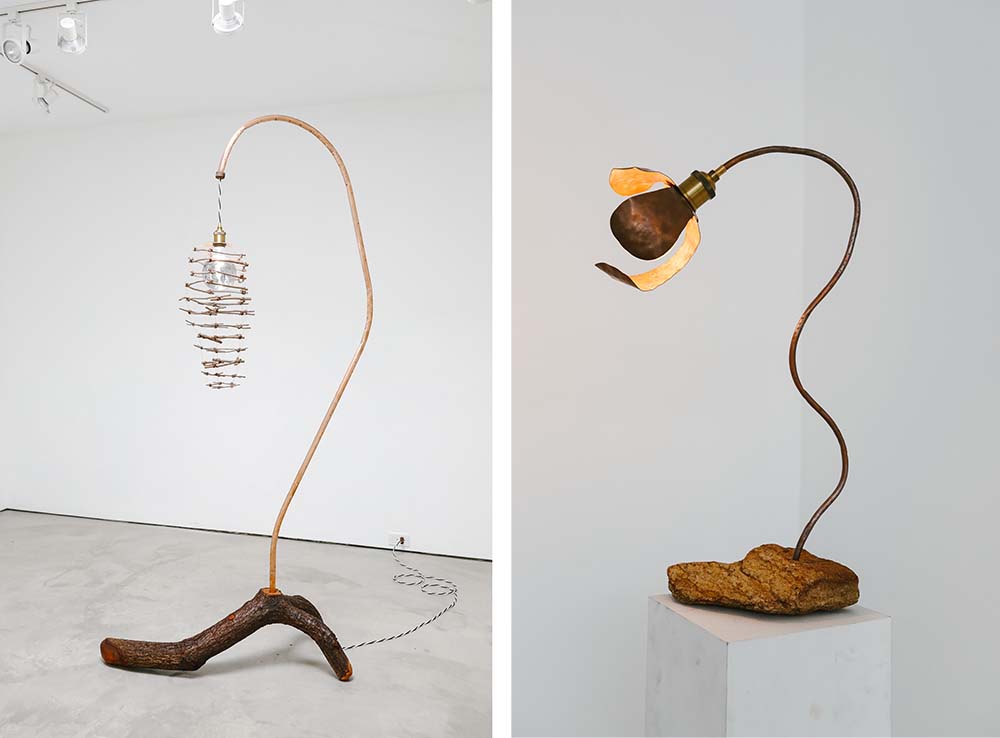
When did you discover ikebana?
You’ve just asked me a trick question! Previously I believed that I discovered ikebana, the Japanese sensibility of flower arranging, in 2019. At the time I saw it as minimalism, asymmetry, and a consideration of a geometric composition. Since then I’ve come to learn that ikebana is, in fact, articulated as “the appearance in our own hearts of the spirit of flower arranging itself,” according to Sen’ei Ikenobo. Once I learned this, I realized that I have been practicing my own style of Ikebana naturally since I picked up my very first flower. Listening to the stems, valuing each flower, and doing what I can to ensure they are valued in every composition I make is of the utmost importance to me when I arrange.
What tenets of Japanese sensibility and philosophy have you embraced since discovering ikebana?
I know so little about the Japanese way of life, to be honest. I’ve been exposed to some ideas that have really resonated with me via books and a few podcasts, but I learn my greatest lessons viscerally and I’ve never been to Japan. There is something to be said for the fact that the Japanese often feel that words fall short of an ability to truly articulate a meaning or feeling. The truth behind the concepts of wabi-sabi and Taoism (a Chinese philosophy) are great examples. I do believe that the western cultures I’ve lived in, and likely those I haven’t, could pull a great deal of wisdom from those of Japan and other Eastern perspectives.
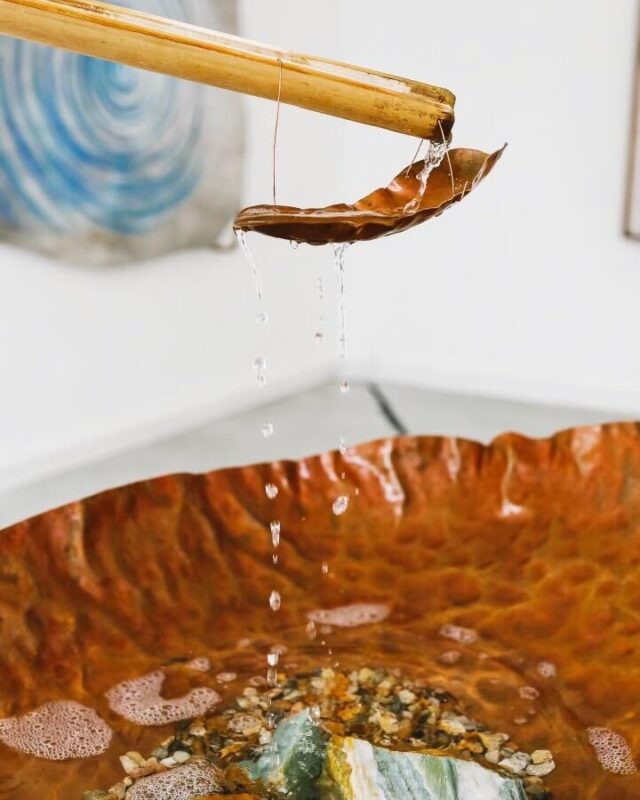


November 15, 2023.
Discover more CULTURE news.


